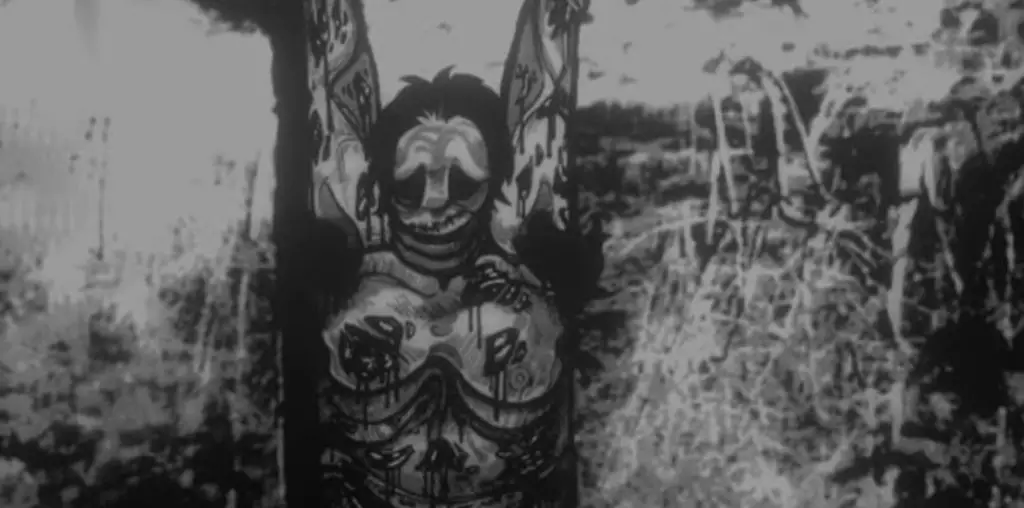
If Henry Rollins had an evil twin brother with an obsession for shockingly explicit self-expression he might look something like Ron Athey. A performance artist, Athey has been challenging the limitations of art for years, and has reached an apogee in the 1990’s with pieces that have received worldwide notoriety and, well…infamy. If you’re like me, however, and haven’t been able to experience one of his shows for yourself, Catherine Saalfield’s documentary is a visceral surprise if you can stomach needles, tattoos and religious tones that certainly have any number of Pope Innocences turning under their marbled sculptures, crying blasphemy! Blasphemy!
Saalfield’s Hallelujah is an intelligent conglomerate of interviews, performance pieces captured on film, archived photos and news clippings, all combined to tell the tale of Athey and his troupe. Athey, who was born into a zealously religious family that swore he could speak in tongues by the age of three, was reared to be a priest before he began to question his environment. Years later, we see the portrait of a pierced man, covered in intricate tattoos, speaking of his homosexuality and own battle with an HIV infection.
He has battled a ten year drug addiction, and countless opposition to his work, but Athey (whether you like him or not) has persevered in hopes of finding peace with himself through his art before mortality has its final laugh. The performance pieces we are allowed to glimpse at are vitriolic attacks on archetypes and conventions. Whether Athey has a crown of needles surgically implanted in his head to portray a Christ figure, or he is hanging prints of blood made from an open wound on a cast members back, his work maintains a sense of beauty, no matter how tainted and exploited that beauty may be.
The sets and performances caught on film sometimes evoke the lighting and scenery of religious Renaissance paintings or they can have masochistic figures with inklings of fascist figures. The opening scene shows us Athey amidst a stark white stage upon which a white-painted Athey bleeds; just imagine if Kubrick’s space explorer had cracked his head upon the pure floors in the final surreal scene of 2001.
The film follows Athey from Mexico City to Zagreb, and Saalfield has adroitly woven footage from his early days as a go-go dancer in LA to clips of him preparing for a Rolling Stones video. A warning is definitely necessary for the faint of heart, prude or squeamish as Hallelujah stretches the definitions of unabashed and explicit, but all of the raw footage is pertinent to understanding Athey’s life.
Time and again, the film refers to these candid performance pieces as living tableaus, and Athey speaks of his own work as a sort of magical alchemy that can make any amounts of violence or sadism artful. It seems that Saalfield has taken Athey’s lead, and delivered us Hallelujah in hopes that people really will scream out in Joy for the work Athey has accomplished. Or scream out in something…I suppose the outcries will be difficult to interpret.
